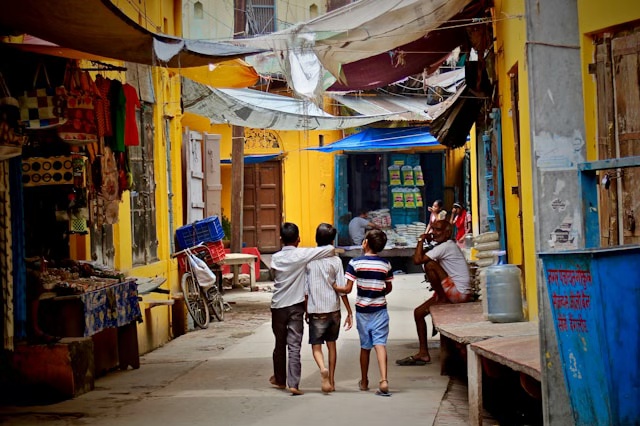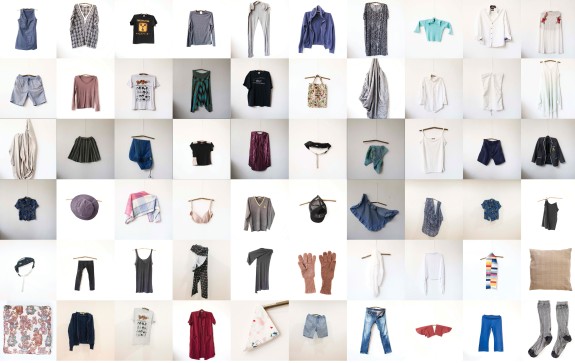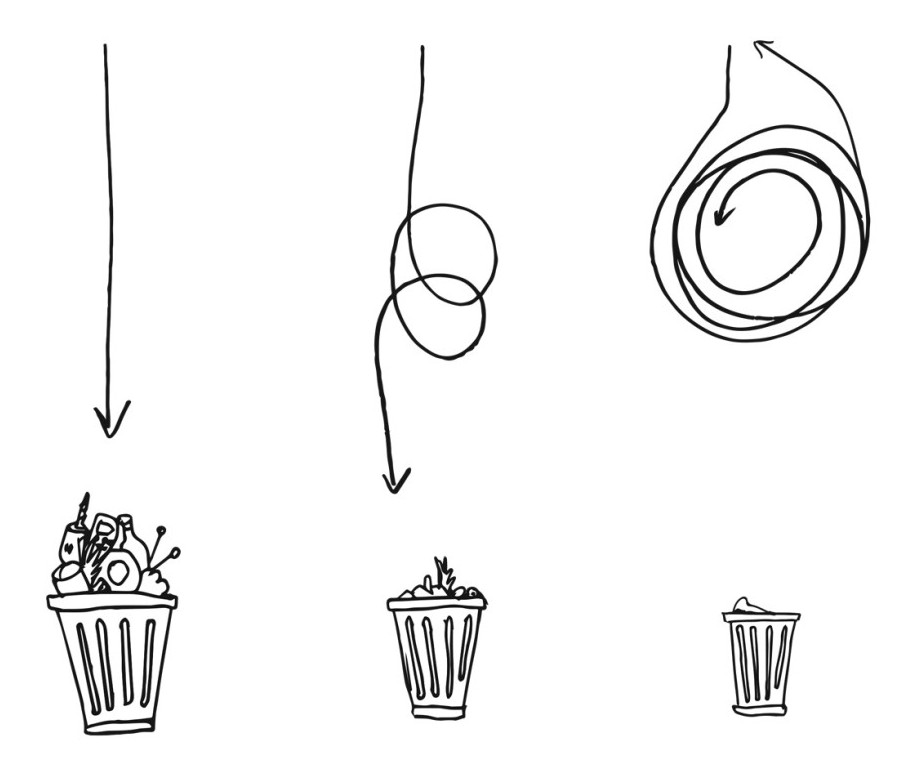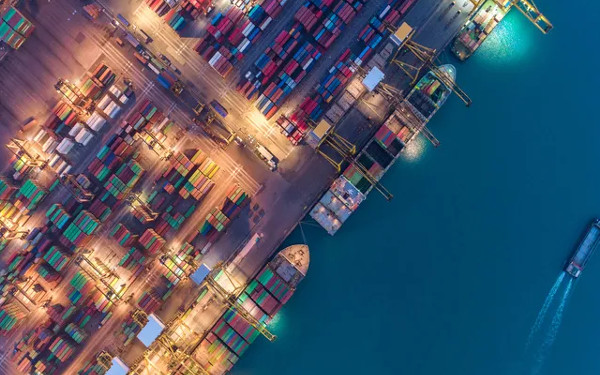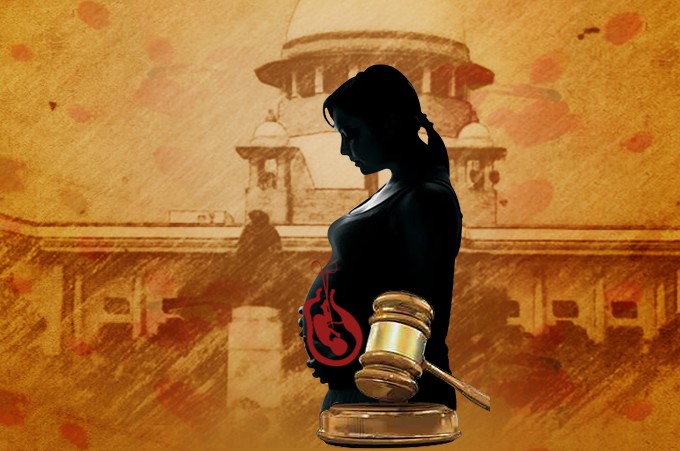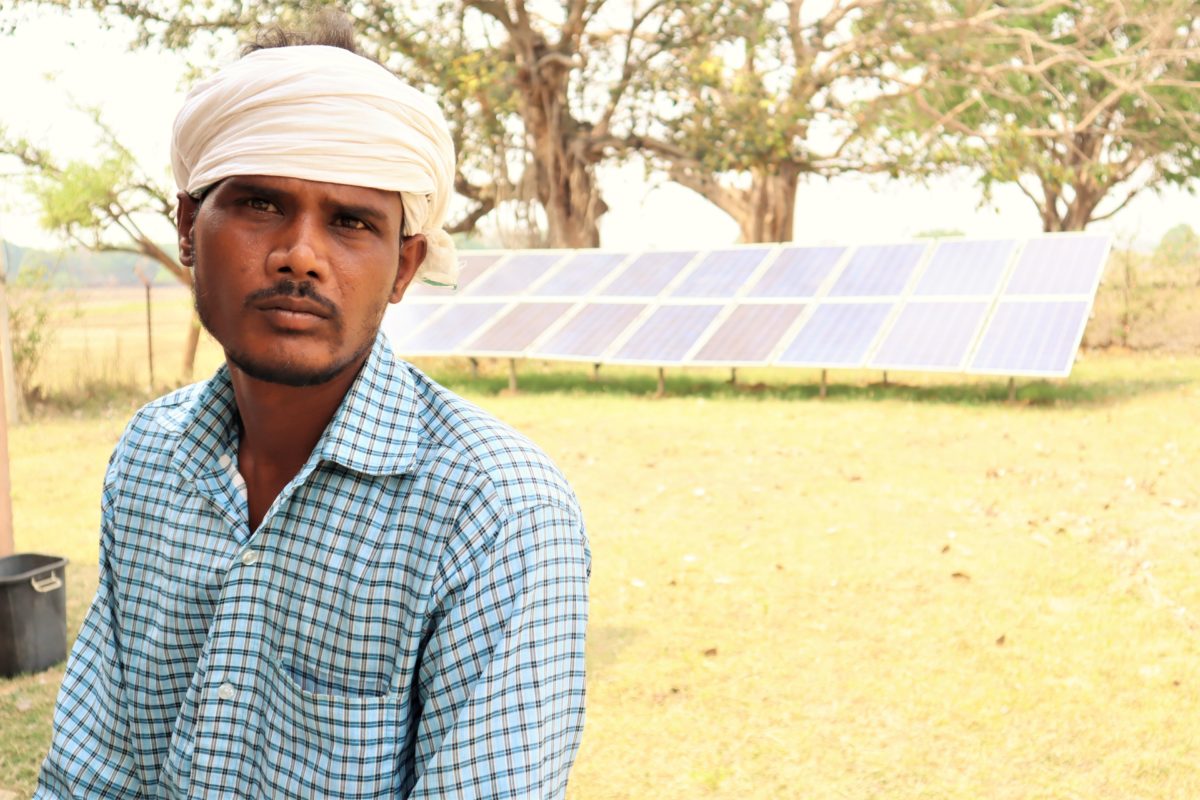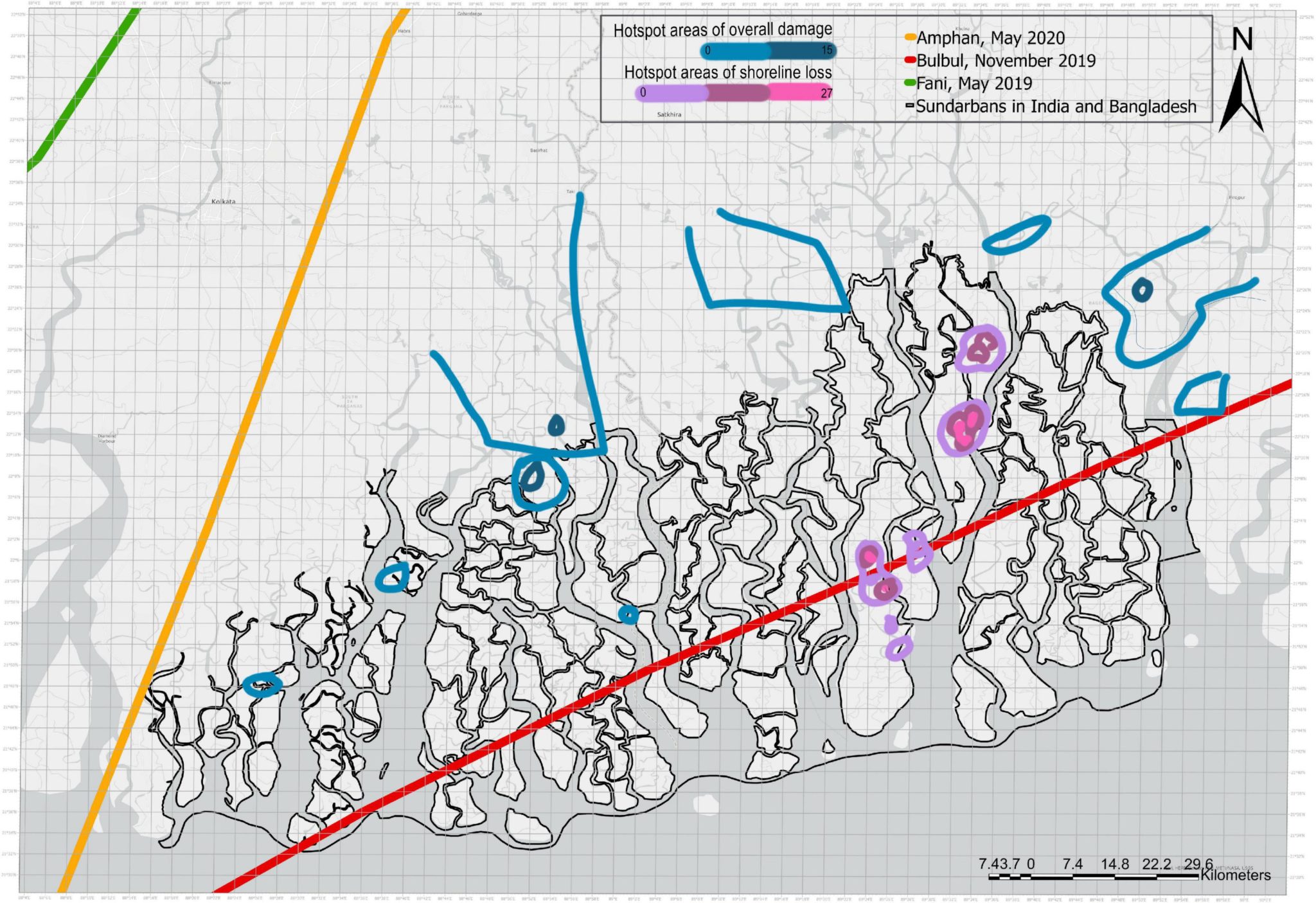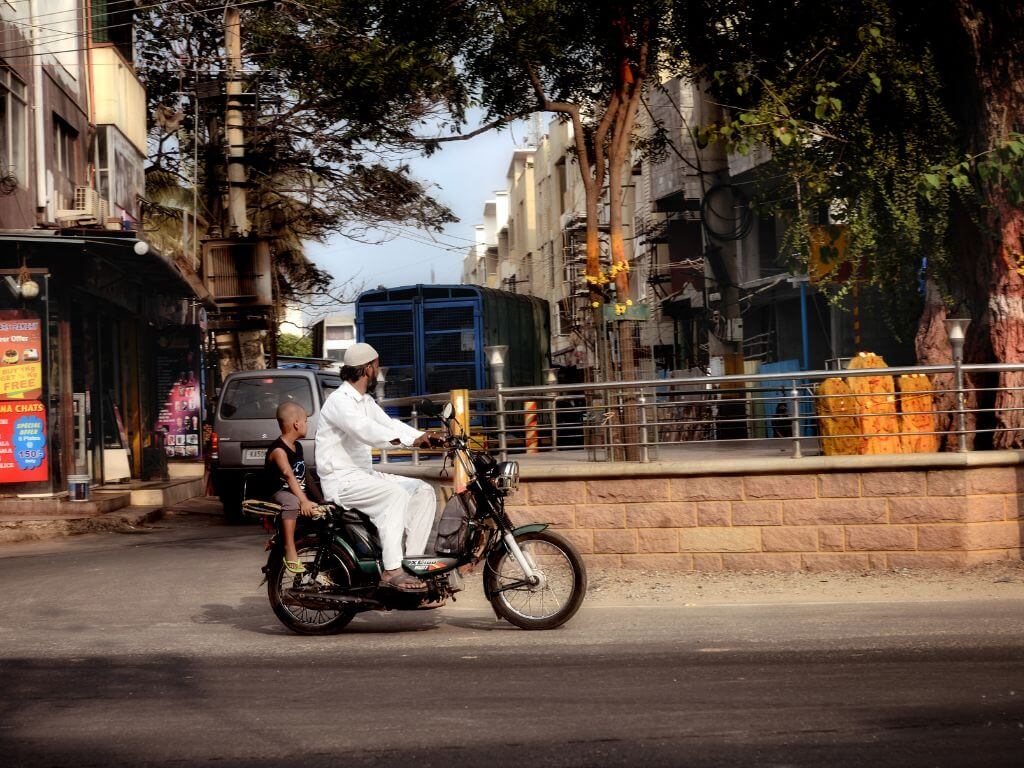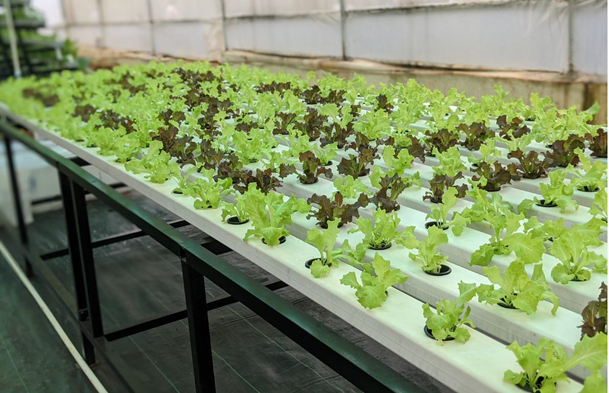It was Chanakya who first wrote that a government should tax its people like a shepherd shears his flock or a bee gets nectar from a flower. But apparently that fiscal wisdom died with him. The modern Indian state has taxed its people like the French get perfume from flowers - by the time they are through, nothing much of the flower remains. Similarly, right from the prohibitive peak income tax rate of 97.5% in the heydey of state control to the current system of state taxes, the formula is a familiar one: by the time the state is through with the taxpayer, nothing much was left of him.
Over the years this suffocating system of taxation has spawned a black economy that is by many estimates half as big as the white one. Alongside, the revenue collection mechanism of the state was also totally corrupted. Post-liberalisation efforts to fix this mess have only been marginally successful, and a lot remains to be done. A new system of taxation, based on the principle of value addition, is scheduled to take effect in April 2005. Only five months from that deadline, its prospects don't look very good. Already, the original schedule for this transition has been revised twice; the VAT regime was originally scheduled for introduction in April 2003 and was postponed to June 2004, and then again by an additional year.
A mess called local taxes
Ever tried selling matches made in Tamilnadu in Uttar Pradesh? If you haven't, stay clear; it is not a very appealing proposition. First you will have to buy matches from your counterpart in Tamilnadu, paying Central Sales Tax (CST) to the government there. The CST is a state-of-origin tax, payable to the state in which the goods originate in an interstate sale. Next you must ship the matches across 2000 kilometers to UP, pay an entry tax to the state of UP and follow it up with a 10% local sales tax (LST) to the same government when you sell it. In addition, you may pay octroi to the municipality - or tehbazari to the panchayat - where you sell the matches. If you sell items that attract surcharges or luxury taxes, then you'll have to pay even more agencies than the three or four applicable to matches.
There are three problems with this system. One, we have a mixture of origin taxes (the CST) and destination taxes. This combination leads to double taxation of a single transaction, which inhibits inter-state commerce. As a result India, despite being one large nation, is in fact a fractured market. Every inefficient producer in the country is protected from his rivals from other states by the sum of state of origin and entry taxes, which can go up to 11% in certain categories. Consumers like you and I must bear the higher costs, as a result.
Secondly, a direct and very significant off-shoot of this fractured market is extended transit times and increased inventory holding by companies. In the example of the matches being sold in UP, the lorry carrying the goods would have to pass through Tamilnadu, Andhra Pradesh, Maharashtra, Madhya Pradesh and Uttar Pradesh. At each state border it would have to wait for inspectors to clear paper work and ascertain if any tax is payable - indeed, in the transit states, the inspectors only verify that no tax is payable! Often this takes days, if not weeks. These stoppages lead to enhanced working capital outlays by companies and reduced profitability.
A third problem is that since the taxes are levied on the selling price, you will pay tax on all the other taxes paid previously. I.e., the CST paid to Tamilnadu also attracts a sales tax in UP; this is referred to as 'cascading of taxes'. This cascading is worsened by the fact that although entry taxes, LST, luxury tax and octroi all flow to the same government they are levied sequentially, each being layered upon all its predecessors. This has distorted the policies of nearly all companies in India. State boundaries, rather than logistical efficiencies, guide their redistribution strategies. A firm which would be well served with a single godown in Delhi to serve all of Haryana, Western UP and Delhi, would instead open one godown in each of the three states, and ship goods through intra-company transfers between them. The first 'sale' happens in the state of consumption, and the CST applicable on interstate sales is avoided. Not only did this lead to greater costs and lower efficiencies, worse still inter-state smuggling became a big business.
India and modern methods of taxation
Not so long ago when a carmaker bought steel he paid excise for the steel, and later paid excise from the car as well, in effect paying excise not only on the finished product, but also on the excise paid for the steel. Since excise is a heavy tax, its cascade has an even more disastrous impact on business policy. Every rupee saved in taxes adds back to corporate profits; so a large section of companies went about buying their inputs without invoices, and hence without excise being paid. Some others were tempted to integrate backwards; they would simply make the steel as well as the car, avoiding the need for any transaction to account for the inputs. So what if you werent in the business of making steel, and did a pathetic job doing it; the tax saving would more than make up for the inefficiency losses.
Somewhere in the mid 1980s, the government of India discovered Value Added Taxation. Here every stage in the process from production to consumption is taxed only to the tune of the value added by that stage. So a carmaker paid tax only to the extent of value added by him, i.e. converting steel to automobiles. He could simply document - using an invoice - his purchase of the steel from the steelmaker, and claim to be exempt from paying excise for that input. The paper trail generated by such invoicing whitened a large part of the industrial economy. Starting in 1986, India moved from an excise regime to a Modified Value Added Tax (MODVAT) and now to a Central Value Added Tax (CENVAT) regime. Thus, some form of value added taxation already exists in India.
Workings of the Value Added Tax
Value added taxation creates an incentives for each participant in the chain from production to sale to clearly identify his role, because he is only taxable for playing that role. A trader at the end of a month or quarter needs to produce all his purchase invoices and all the sale invoices. He gets a tax credit for all his purchases (since those are goods and services for which their producers have already been taxed), and is liable for taxation only on the difference between his purchase and sales invoices. This does away with waiting at state boundaries for a tax inspector to decide whether tax has to be paid.
Also, in an ideal VAT, the 'destination principle' is applicable. Taxes are payable to the states where the goods are headed, and in those states, you get credit for the taxes paid previously, even to other states. So if you make an invoiced and above-board purchase, then it is in your interest that you make an invoiced and above-board sale as well. If the government manages to ensure that the first point of sale is invoiced then an automatic trail of invoices gets generated whitening a series of transactions. This is an important gain of the VAT system.
• Tax better, spend better
• Salvaging VAT's left
Perhaps the biggest benefit of VAT is that it could unite India into a large common market. This will translate to better business policy. Companies can start optimizing purely on logistics of their operations, and not on based on tax-minimisation. Lorries need not wait at checkpoints for days; they can zoom down our highways to their destinations. Reduced transit times and lower inventory levels will boost corporate earnings.
Apocalypse ahead!
In the late 1990s, many states, strapped as they were for cash, decided to embrace the VAT's promise of increasing revenues, and decided to move to VAT in lieu of sales taxes. A lot of not-so-subtle prodding by the centre also helped. But the transition has also been slow and incomplete because of strong opposition from some quarters. Many traders and some state governments are crying hoarse over it, and even some sections of the general public aren't exactly enthusiastic. There are three main reasons for this.
Not all the states in India are the same. We have two types of states the high production and high consumption ones like Gujarat and Maharashtra; and others like Uttar Pradesh and Bihar where products are consumed, but production levels are relatively low. Under the current system of taxation, most of the taxes are collected at the last point (i.e. when the consumer purchases the product) so the big consuming states mop up most of the taxes, including the cascaded taxes from previous stages the product has been through. So, UP and Bihar obtain a lot of the tax benefits of processes that have taken place in other states. Under the VAT the largest chunk of taxes go the stage where the value addition is maximum - normally at the production stage. Hence most of the taxes will go to the big producing states at the first sale. Consequently the consuming states are likely to lose revenue and the producing ones are likely to gain revenue. And guess which are states were at the forefront of opposition to the VAT?
Secondly, India has a very large informal economy. A very large number of transactions are not invoiced. Under a value added tax, if a trader cannot produce the invoices for his purchases, he becomes liable for tax on all of his sales invoices, without any credits for prior processes. The taxes for all the previous stages will be incurred at the first point of invoiced sale. Thus there is a real fear that the organized traders who invoice their sales might end up bearing the entire tax burden.
And finally there is plain old bureaucratic bungling. As things stand, for a system allegedly coming into effect in April 2005, no Indian state except Haryana has a VAT law in place (but they had VAT as on April 2003) and three states UP, Manipur and Nagaland - don't even have a draft law ready for tabling in their respective assemblies. The applicable rules are not ready in any state except Karnataka and Andhra. On the applicable rates of taxation, there is complete fluidity. In such a black hole, apprehensions about the law are understandable. Also this lack of clarity has led to a perception amongst the consumers that VAT will lead to higher prices due to greater taxation, even though all VAT does is collect the same amount of taxes from a larger number of people.
The principal criticism of the VAT law is that if each state were to set up its own rates of value added taxation, the Indian businessman would have to navigate through 28 state laws and applicable rules. The one reason why the CENVAT has been so successful is that there was one single authority which collected the taxes and one single applicable law. This is not the case with the proposed VAT regime. The system of tax credits for previously invoiced inputs, which is so crucial to the VAT, is applicable separately to taxes paid in each state. So in Tamilnadu I can claim VAT credit for taxes paid in Tamilnadu and not for those paid in UP. Most states also claim the right to impose other non sales taxes (like luxury and entry taxes). VAT or no VAT, that is effectively a cascading of taxes.
The other concern is that the destination principle doesn't apply either under the proposed law, either. CST, the main state of origin tax, stays for at least the first year, although there is a commitment that it will be phased out. And as long as the CST stays corporates cannot go about rationalizing their distribution networks. Also staying in place is the traditional Indian tax disease exceptions and exemptions. Politics has played no small role in this. So while textiles are not VAT-able pharmaceuticals are. Industry groups and trader associations, depending on the political health of the state governments, have negotiated themselves these exceptions and exemptions.
So what we may actually have in April is a VAT regime which will not provide for tax credit across states, leaves the chief state-of-origin tax untouched, and governments that retain the right to impose luxury and entry taxes. So much for the VAT creating a common market!
Which raises its own question. If no common market is being created, and consequently no economic efficiencies are kicking in, and with so much opposition from traders and other lobbies, why are we going ahead with the transition to VAT? Simple. An endless stream of populist measures have emptied the state treasuries around the country. To raise money, the states either need to increase taxes - which probably would dilute the positive political impact of the free power and other goodies they've been handing out - or they need to plug loopholes in their tax collection system. To them, the VAT is simply a sophisticated anti-evasion tool that could bring money into their coffers.
After two false dawns that might at least be a beginning.



